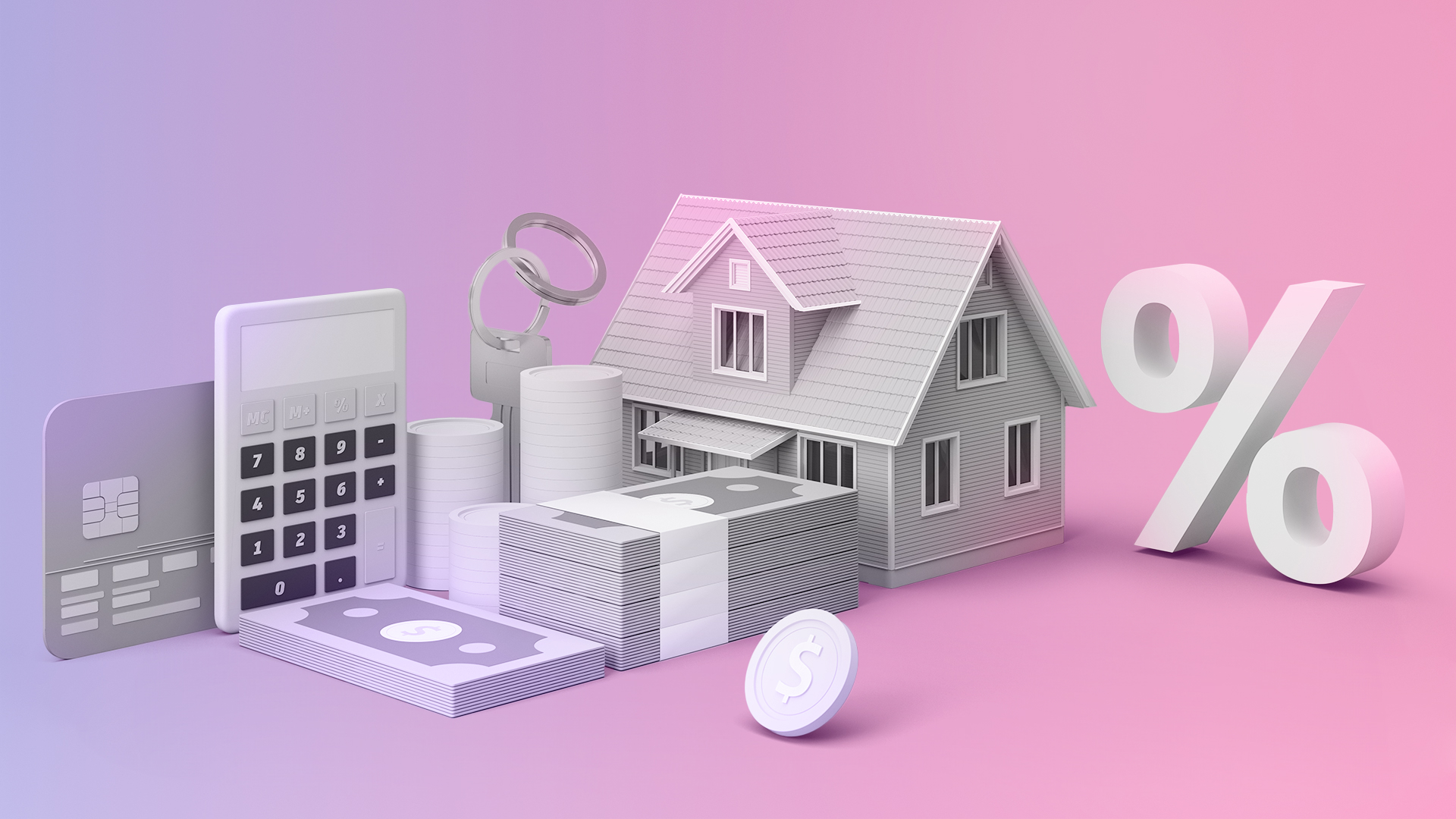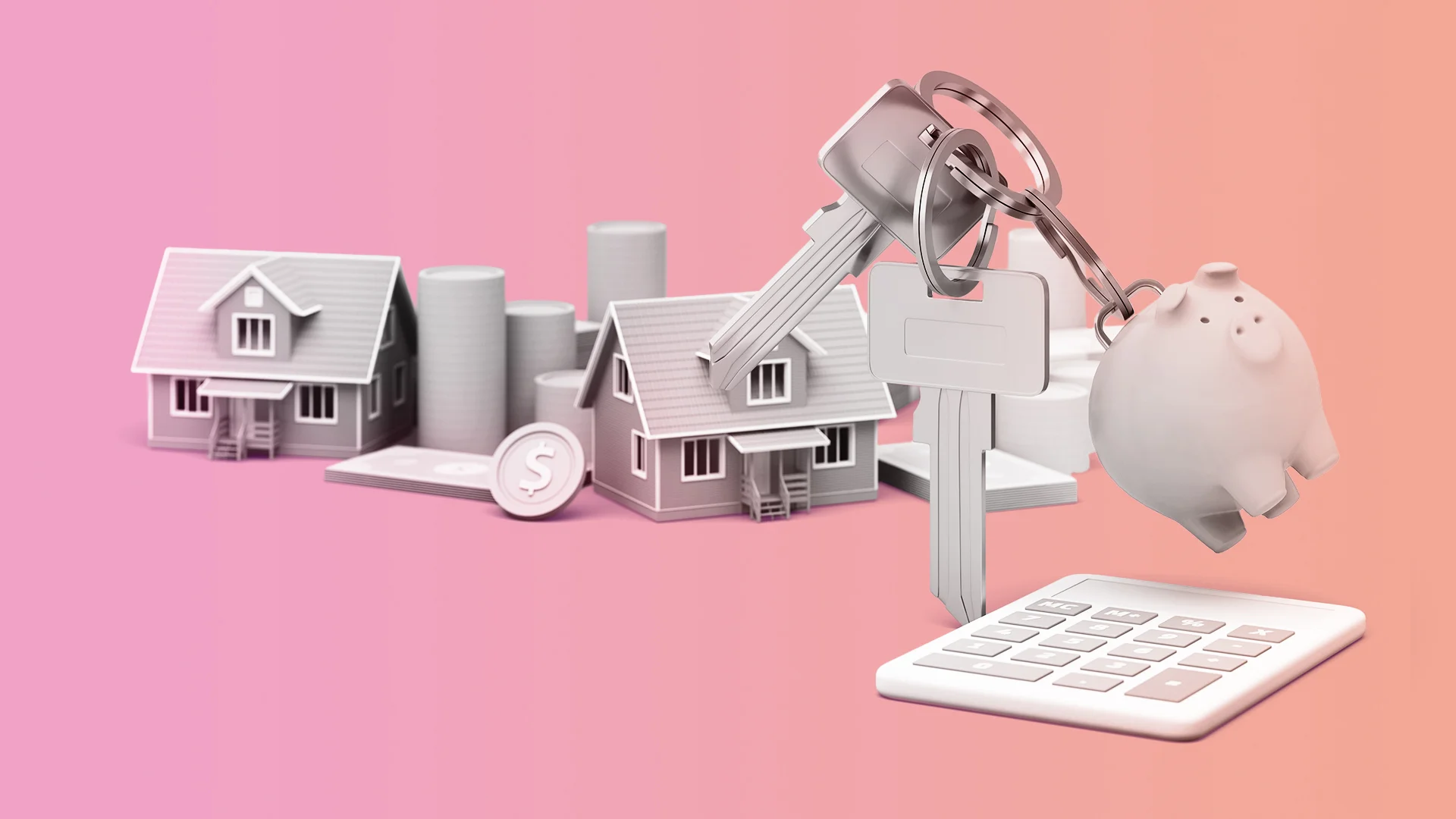How Do Banks Calculate Your Borrowing Capacity?
Here’s a breakdown of how banks work out how much you can borrow.
Are you starting to look at properties but you’re not quite sure what price range you can afford? This is where your borrowing capacity comes into play. While some borrowers like to take it one step further and get pre-approval from their lender of choice, just having an idea of what you’re able to afford is often enough to get the ball rolling.
Most banks and lenders will look at a number of different factors to determine your borrowing power, so it can be helpful to know what information they’ll need from you in advance. Here’s a breakdown of how banks work out how much you can borrow.
What does borrowing capacity mean?
Borrowing capacity, also known as borrowing power, is the estimated amount of money that a lender is willing to lend you for a home loan.
With that said, just because a lender is happy to let you borrow up to a certain amount doesn’t mean you should max out your borrowing capacity. Instead, it's important to review your own financial situation and work out what you can afford to borrow.
How banks calculate your borrowing capacity
Most lenders have their own unique criteria for calculating borrowing power, so it’s more than likely that your borrowing capacity will vary across different lenders.
Here’s an example of a basic formula that some banks might use to calculate your borrowing power:
Gross income – (tax + existing expenses + new expenses + living expenses + buffer) = monthly surplus
For example, if your monthly figures are as follows:
- Income = $8,000
- Taxes = $1,500
- Personal loan = $300
- Potential home loan repayments = $2,200
- Living expenses = $1,600
- Buffer applied by lender = $500
A bank or lender would calculate your borrowing power using the following formula:
$8,000 - ($1,500 + $300 + $2,200 + $1,600 + $500) = $1,900 monthly surplus
Here’s a quick rundown of each of the elements included in the borrowing capacity formula.
Gross income
In a nutshell, your borrowing capacity is usually calculated by subtracting your total expenses, including your potential mortgage repayments, from your gross income. While your salary or pay often makes up a large proportion of your total income, lenders will often consider other sources of income to determine your gross income. This can include:
- Self-employment
- Regular overtime
- Workplace bonuses
- Allowances
- Commissions
- Government payments like pensions, Family Tax Benefit, supplements and carer’s payments
- Rental income from an investment property
- Income from your superannuation fund
Check out our blog to read about how your income impacts your serviceability assessment.
Tax
Generally, your tax refers to the tax you pay on the income that you earn. Usually, your lender will require the past two years’ tax returns to calculate your average income and get a better idea of your taxes. In some cases, they might look at one-off tax expenses listed in your return and add them back to boost your income. This can include items like:
- Depreciation
- Additional superannuation contributions
- Interest repayments on business loans
- Asset write-offs
- One-off purchases, like company cars, equipment or machinery
Existing expenses
The last thing your bank wants is for you to default on your home loan, which is why they tend to review your existing with a fine tooth comb. Your existing expenses or commitments refer to the other debts you currently have. This can include:
- Other mortgages and related property expenses
- Personal loans
- Credit cards, even if they’re fully paid the bank will take the maximum limit into account
- HECS, HELP or student loans
- Rental expenses
- Lines of credit
- Overdrafts
New expenses
When it comes to calculating your borrowing capacity, lenders will also take your potential repayments into account. By adding this new expense into the mix, your lender can work out how much you can afford to repay. While your new expenses will cover the addition of costs like council rates, strata fees, house maintenance and insurance, it also covers changes to existing expenses like electricity, gas and water rates.
Living expenses
When it comes to the home loan application process, your bank or lender will want a detailed account of each and every one of your monthly household living expenses. Your expenses will likely cover a vast range of payments, including:
- Food, groceries and pets: all food and grocery bills, takeaway, dining out, vet bills and other pet expenses
- Utilities and maintenance costs: electricity, gas, water, council rates and strata fees
- Insurance: home and contents, health insurance, car insurance, life insurance and income protection
- Communication expenses: telephone, mobile, internet, cable TV and subscription services like Netflix, Spotify, Amazon Prime
- Transport and automotive costs: fuel, registration, licence, maintenance and public transport
- Education and childcare: school fees, textbooks, uniforms, sports, extracurricular activities and childcare
- Clothing and personal care: clothing, grooming, hair and beauty appointments
- Medical, health and fitness-related expenses: gym memberships, prescriptions, eye care and dental
- Recreation and entertainment: holidays, newspapers, books, magazines, gifts, gambling and general entertainment
It’s also worth noting that if you currently live with your partner but you’re borrowing on your own, your lender will still include their living expenses as part of your individual assessment. And don’t forget to factor in any dependents too.
If you’d like to know more about how your debts and living expenses impact your loan application, you can read our blog.
Buffer
While your figures might reflect your current living expenses, there’s no denying that costs and interest rates are constantly changing. That’s why many lenders will often factor your debt repayments in at an interest rate 2%-3% higher to account for potential changes.
Alternatively, some lenders prefer to add in a buffer. This non-existent expense acts as a safeguard in the event that your expenses or repayments increase.
Can I increase my borrowing capacity?
The good news is that you can take action to increase your borrowing power if you’re not happy with your current capacity. While it might take a bit of time, there are steps you can take to boost your borrowing power. From saving for a bigger deposit to curbing your spending, you can read more here.
This article is intended to provide general information only. It does not have regard to the financial situation or needs of any reader and must not be relied upon as financial product advice. Please consider seeking financial advice before making any decision based on this information.





















































